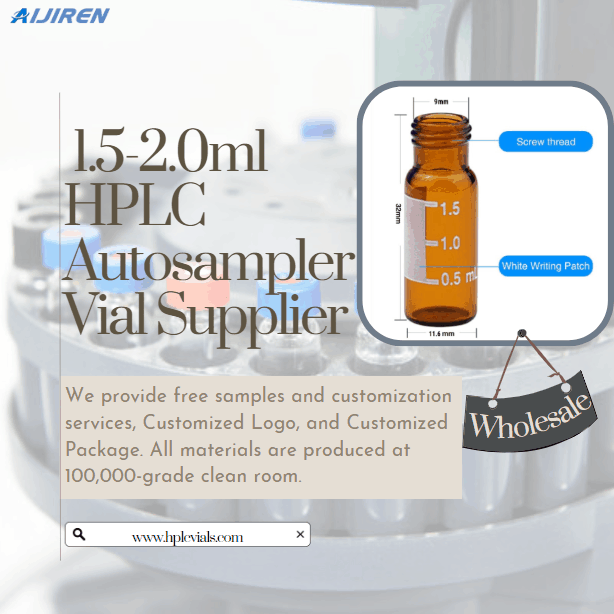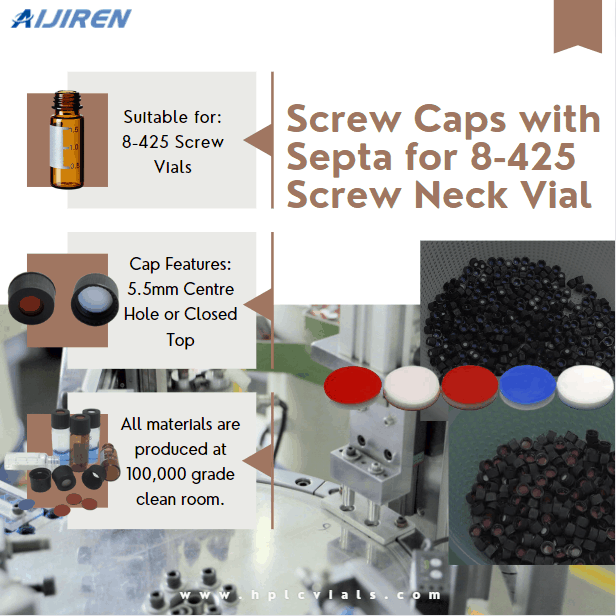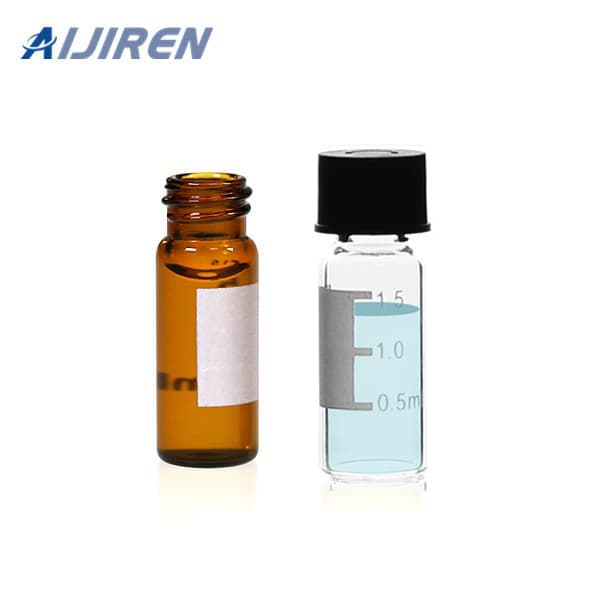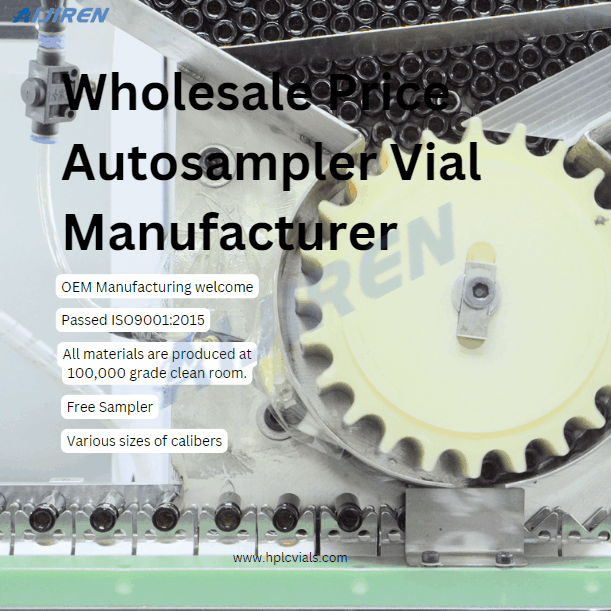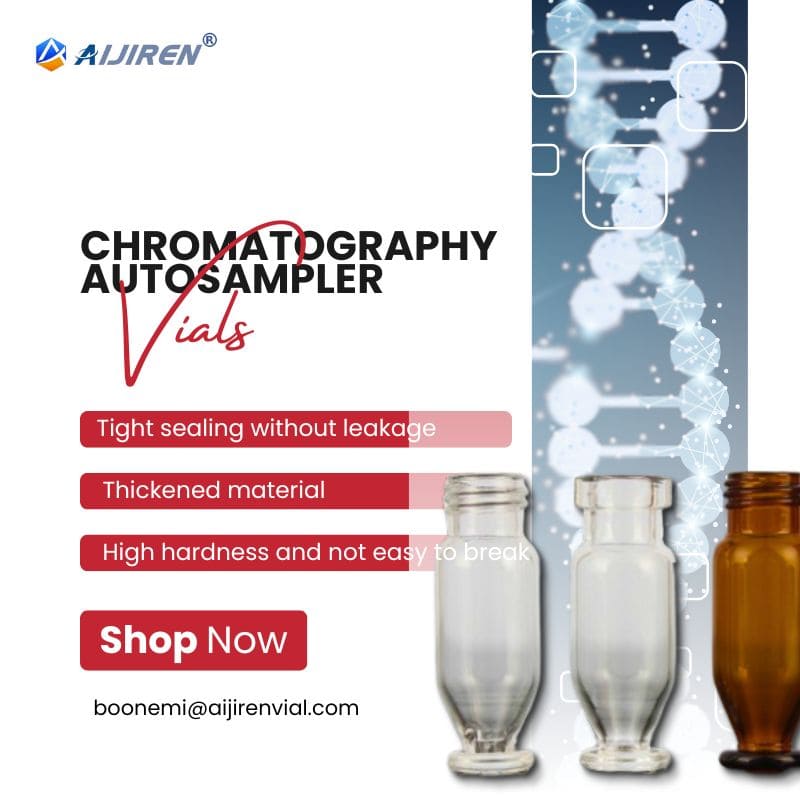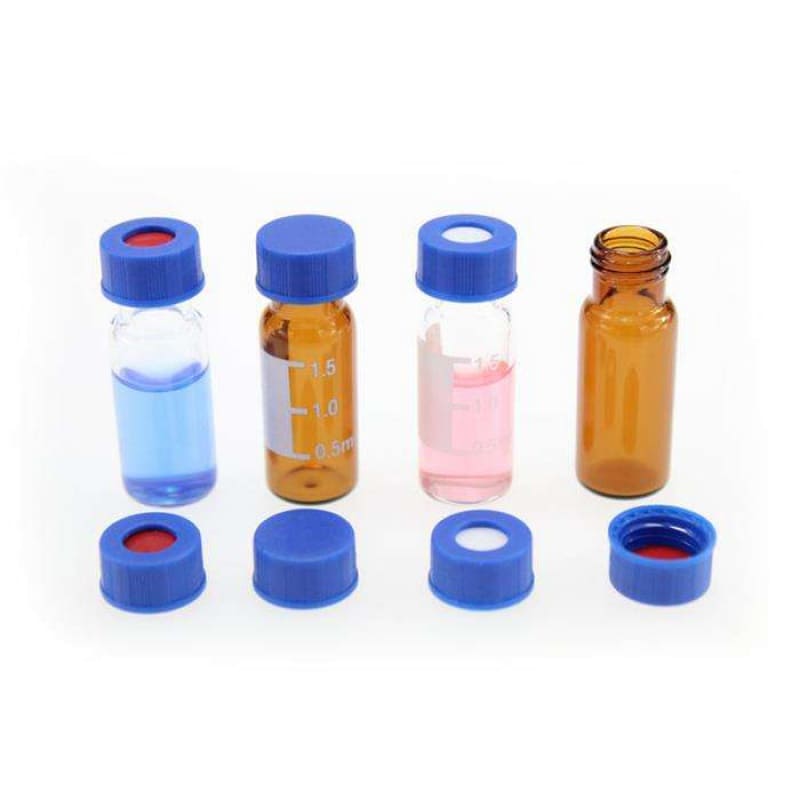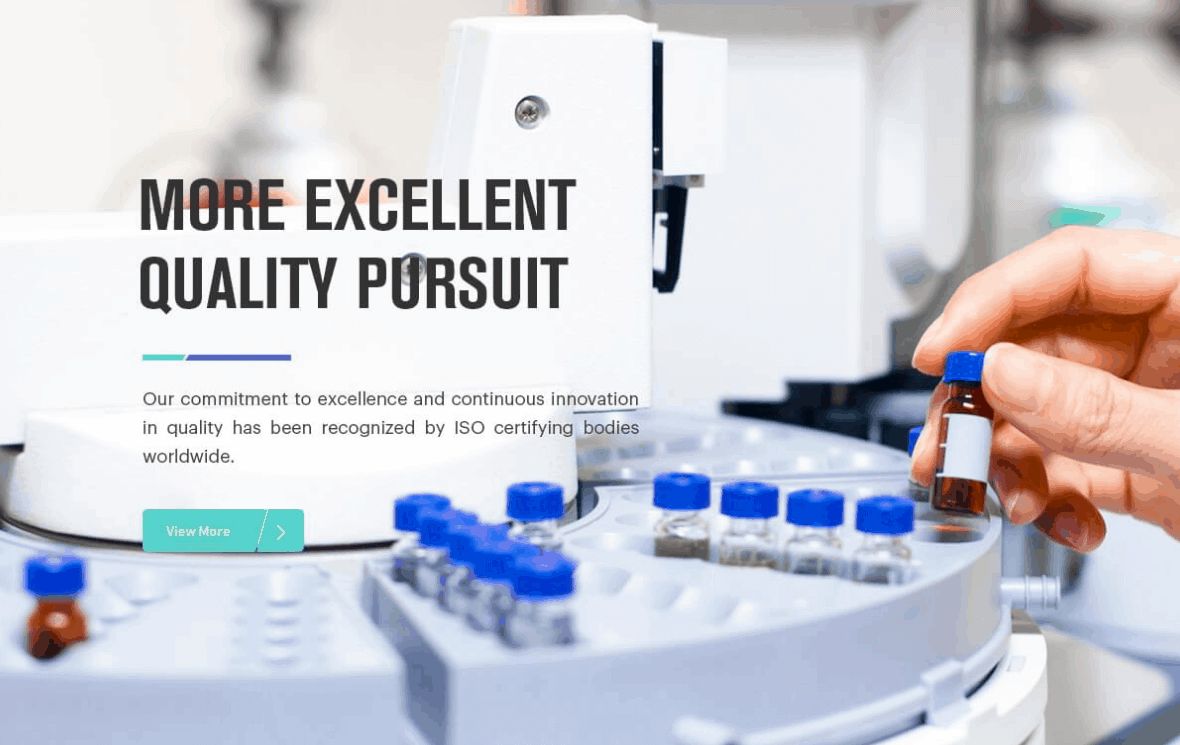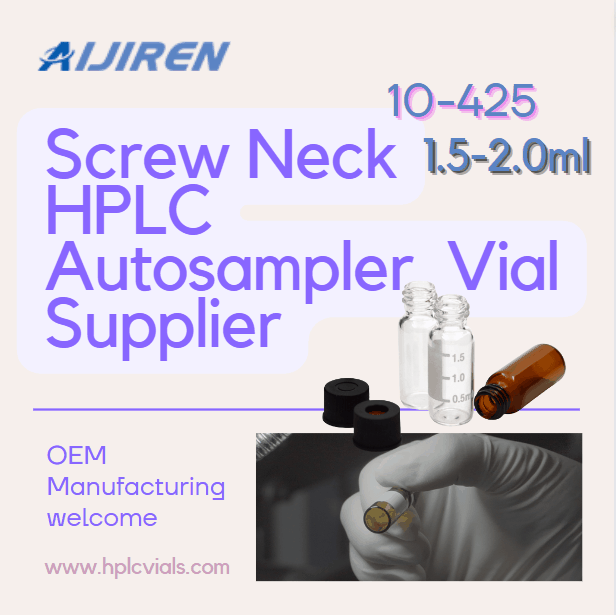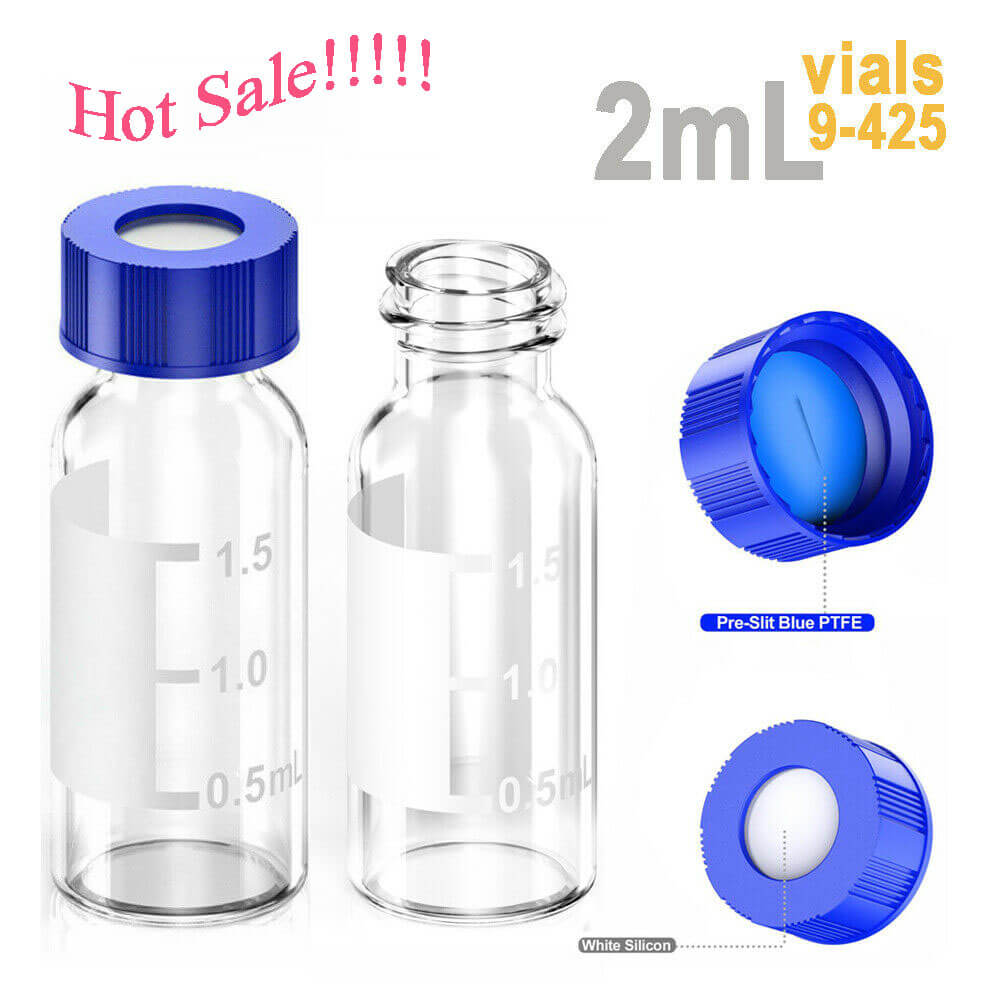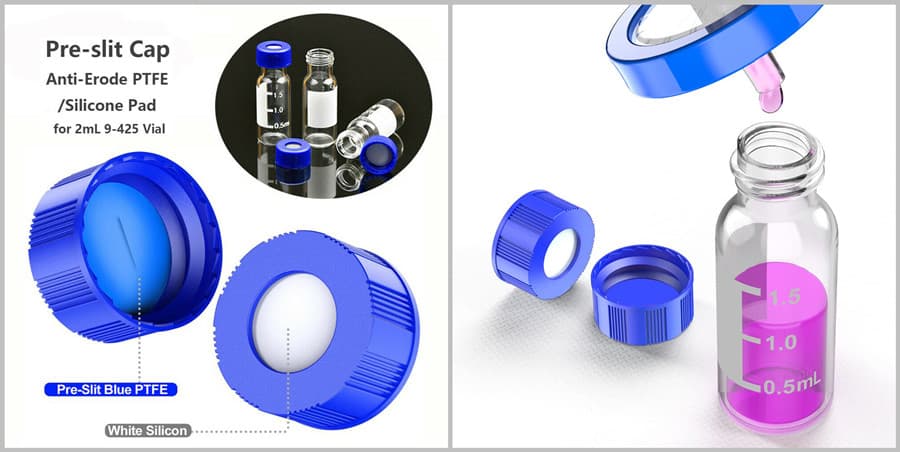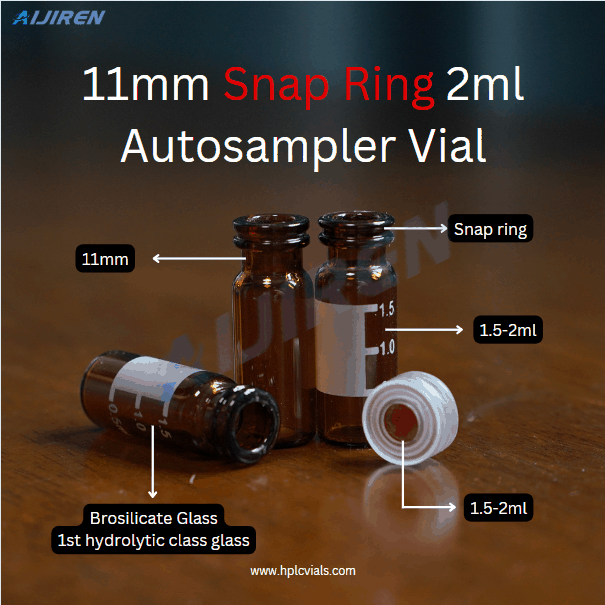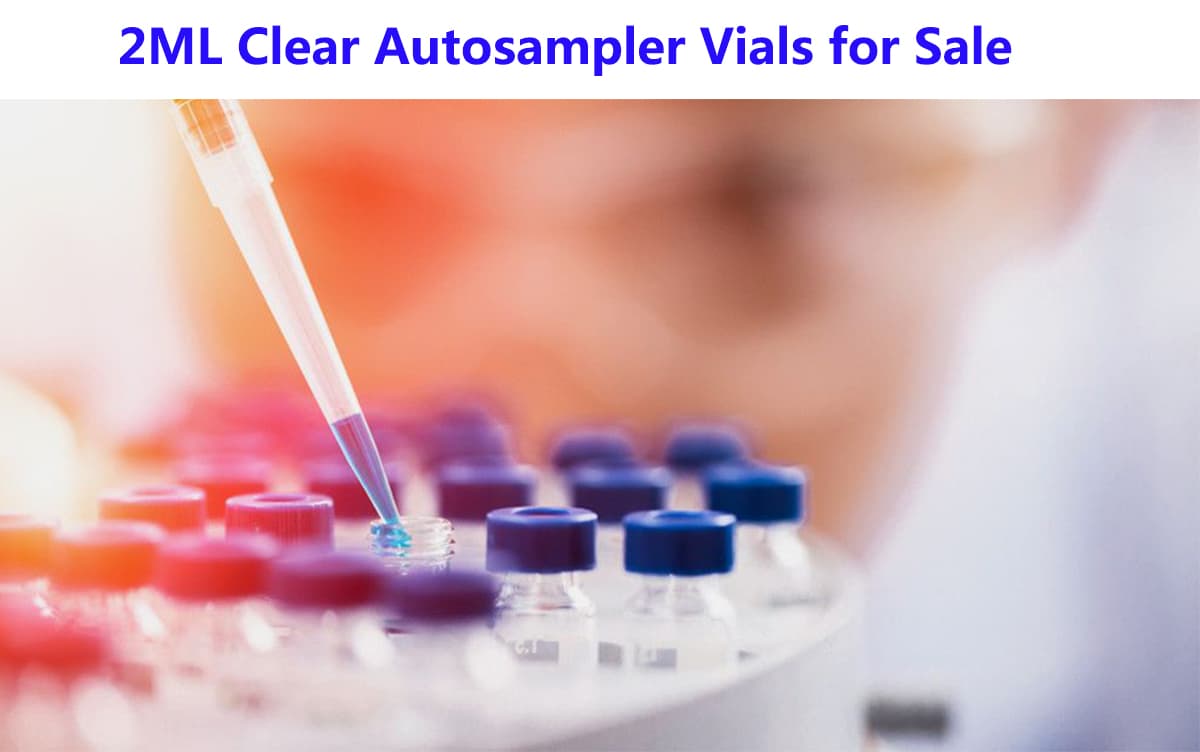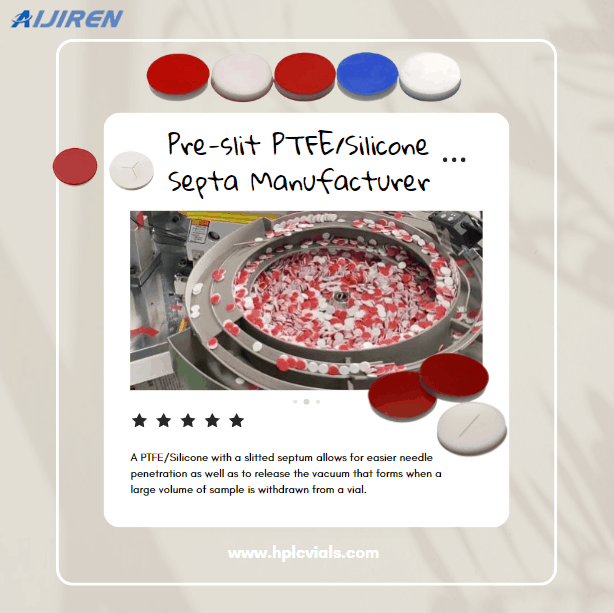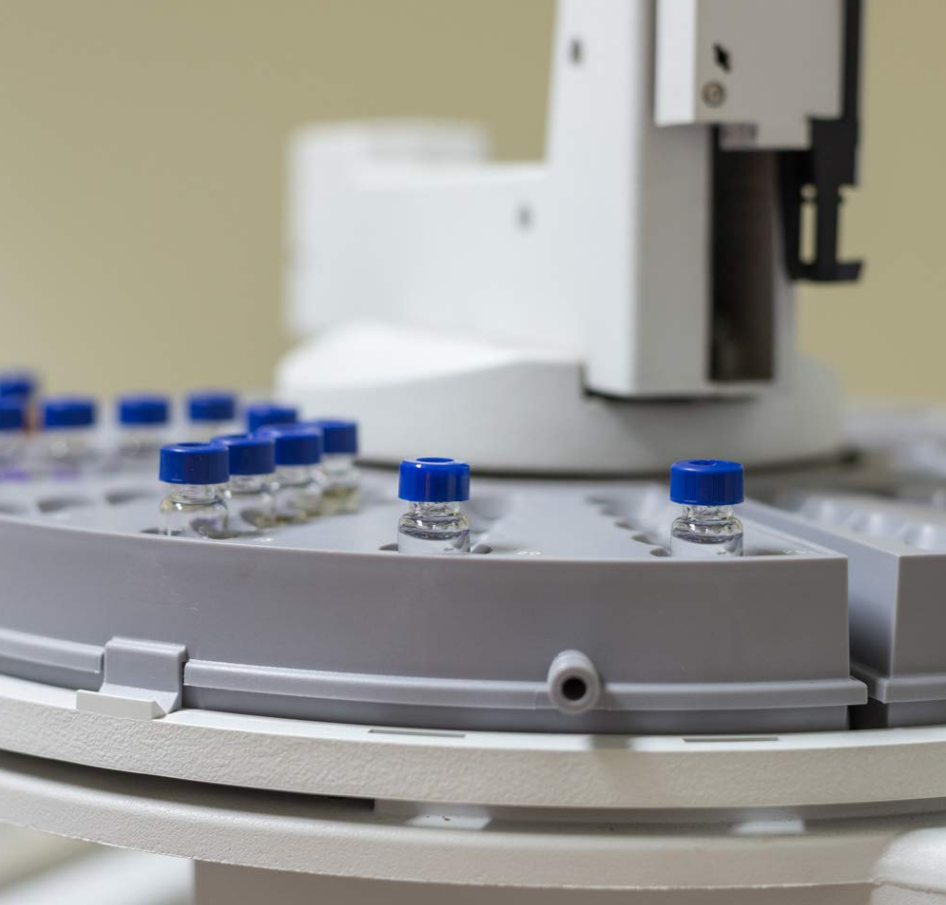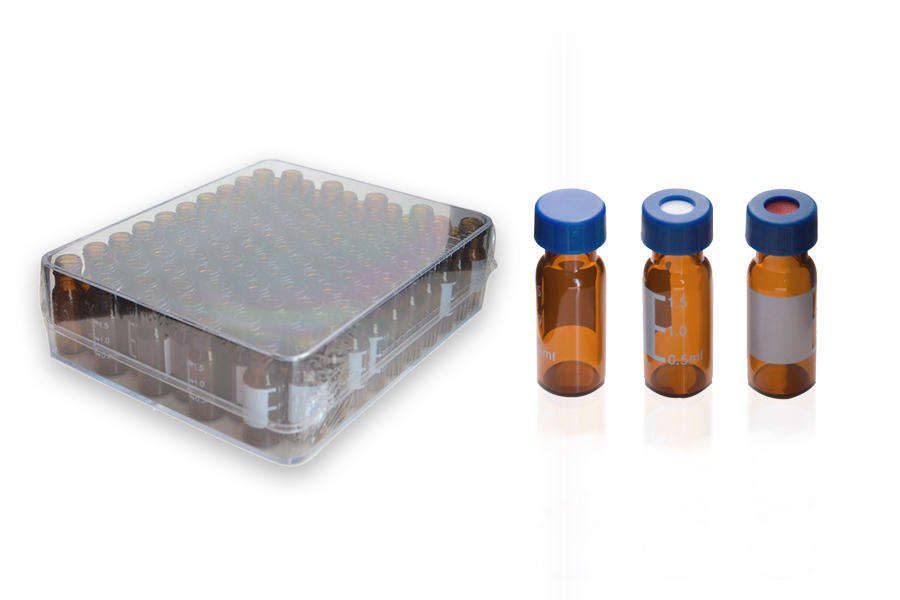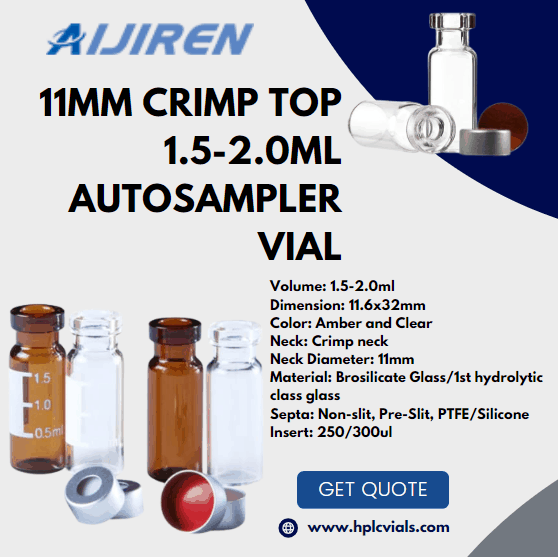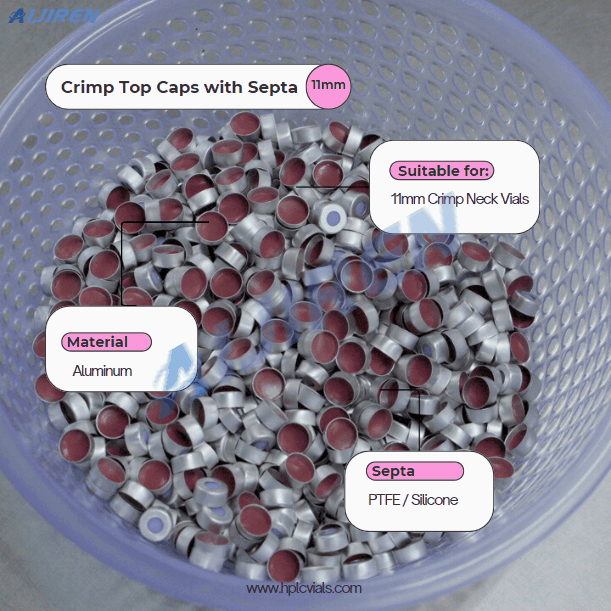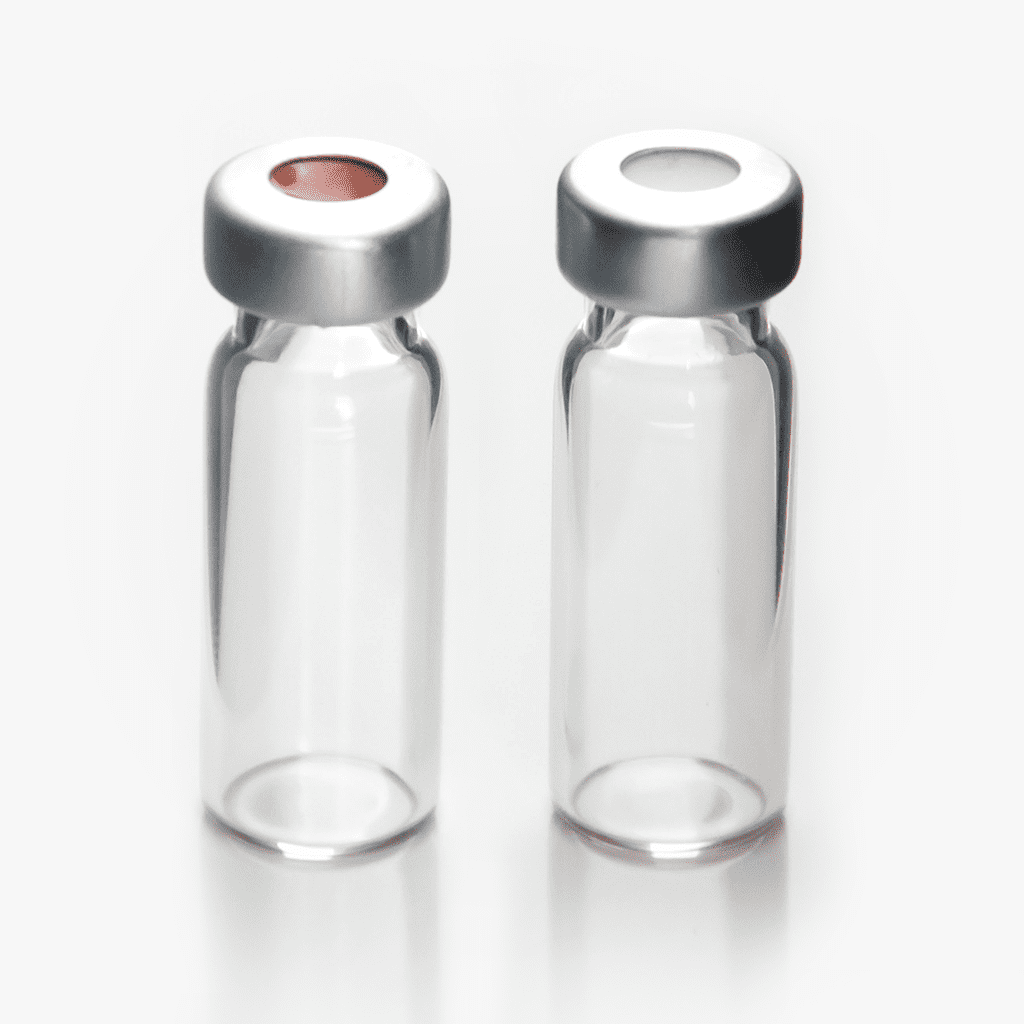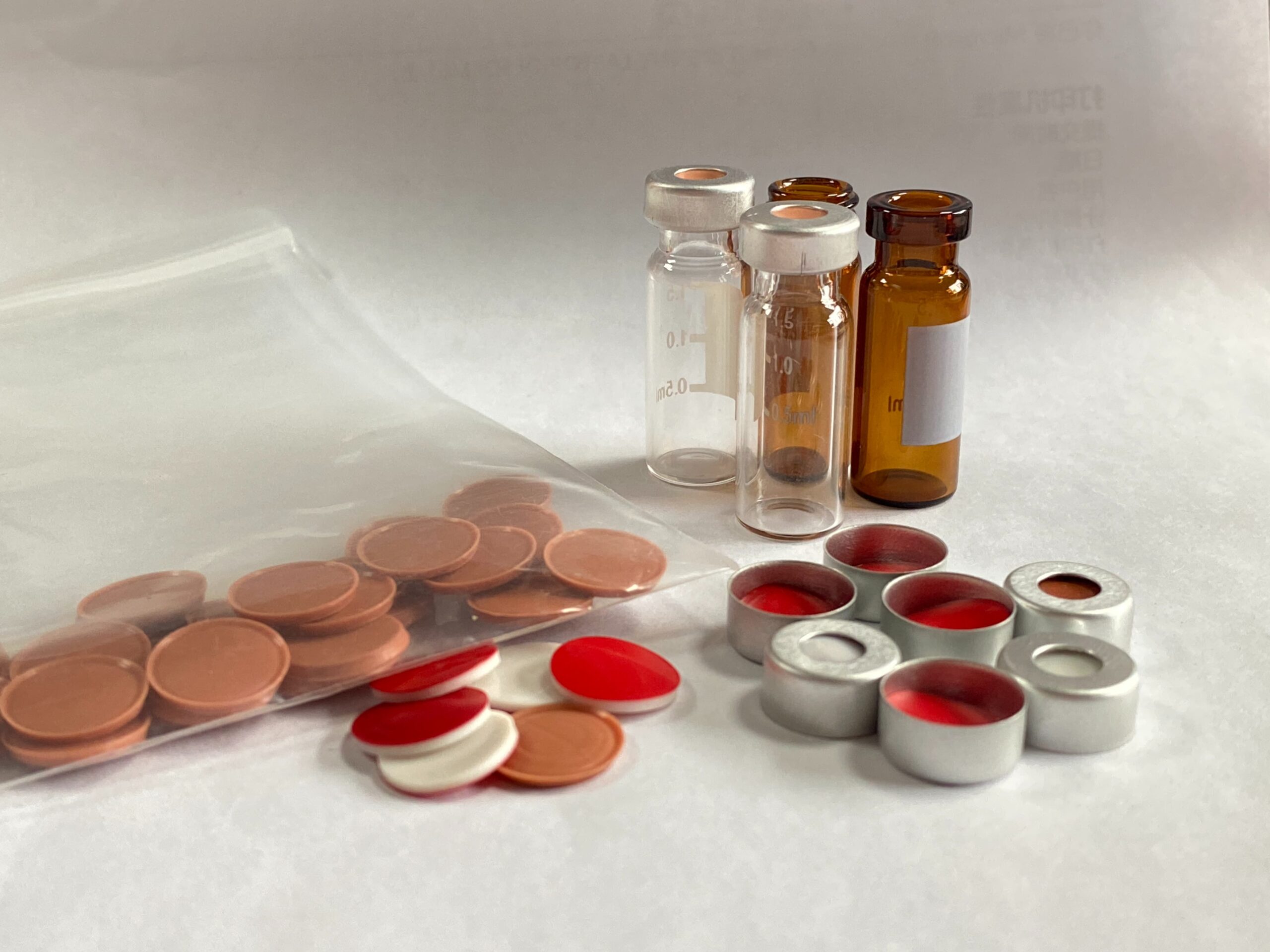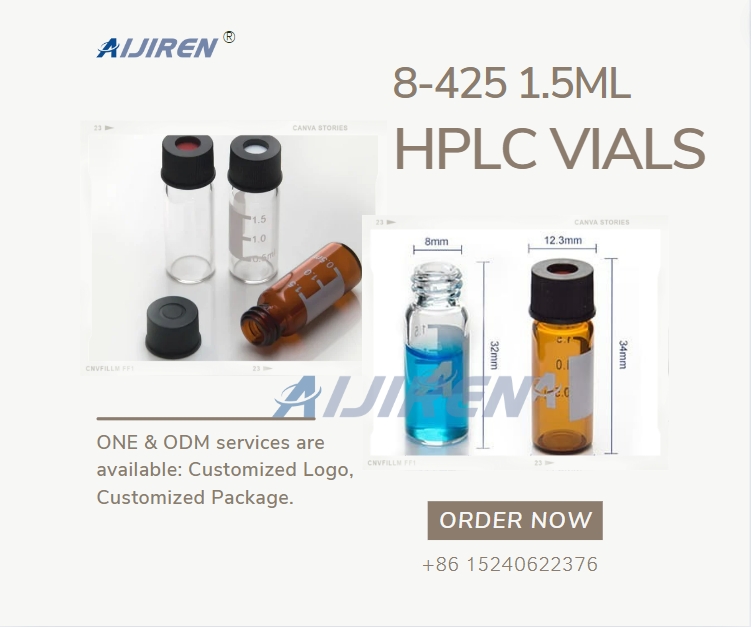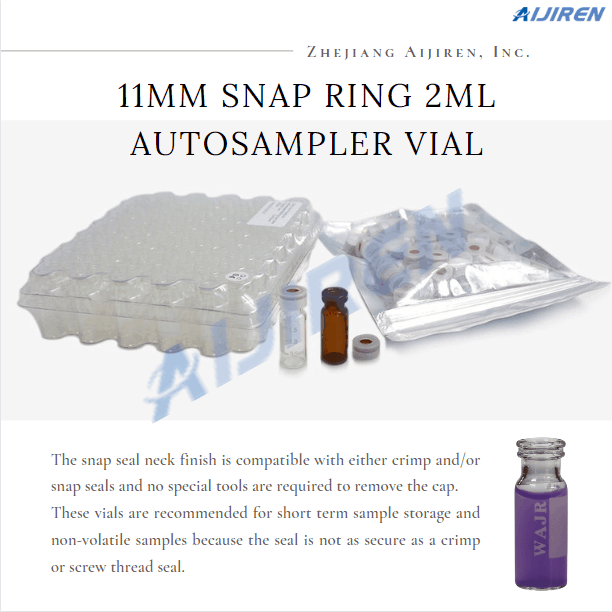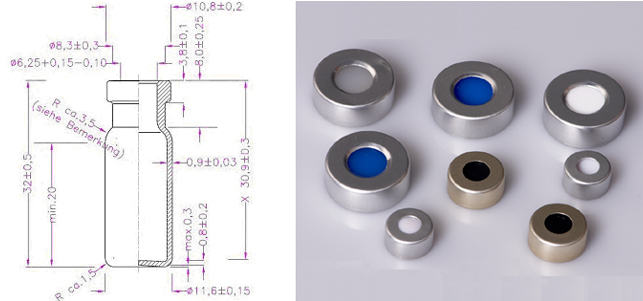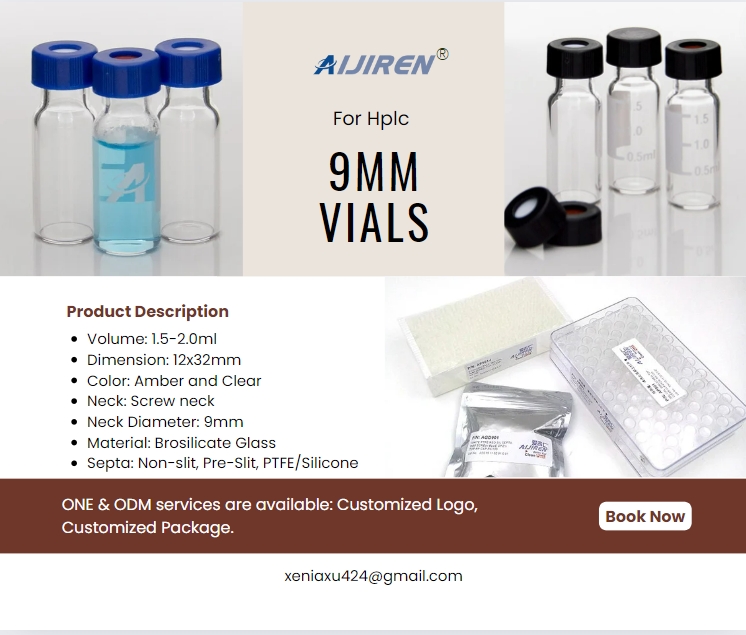How does HPLC differ from ion chromatography?
High Performance Liquid Chromatography (HPLC) and Ion Chromatography (IC) are both essential techniques in analytical chemistry, but they differ significantly in their mechanisms, applications, and the types of analytes they are designed to separate. Here are the key differences:
Separation Mechanism
HPLC relies on hydrophobic (reversed-phase) or hydrophilic (normal-phase) interactions between analytes and the stationary phase. This allows for the separation of a wide range of organic compounds, including both polar and non-polar substances. The separation is typically achieved using organic solvents as eluents, often employing gradient elution to optimize resolution.
IC, in contrast, primarily utilizes ion exchange mechanisms to separate ionic and polar compounds. The stationary phase consists of ion-exchange resins, which interact chemically with ionic analytes. IC is particularly effective for separating anions and cations in aqueous samples, using aqueous eluents made of ultrapure water with dissolved salts or acids.
Analyte Types
HPLC is versatile and can analyze a broad spectrum of organic compounds, making it suitable for pharmaceuticals, food products, and environmental samples. However, it faces challenges with ionic species and certain polar compounds, particularly those that do not absorb UV light, which is a common detection method in HPLC.
IC is specifically designed for the analysis of ionic compounds, including standard anions (like chloride and sulfate) and cations. It excels in applications where HPLC may struggle, such as analyzing organic acids and other polar molecules. IC can also detect non-ionic polar compounds when the appropriate column and mobile phase are used.
Detection Methods
HPLC typically employs UV detectors, which can be limiting for non-UV-active compounds. Other detection methods, such as fluorescence or mass spectrometry, can be used, but UV detection remains the most common.
IC usually employs conductivity detection, which is highly effective for ionic species. Techniques like chemical suppression enhance sensitivity by reducing background conductivity, making IC suitable for trace-level measurements.


